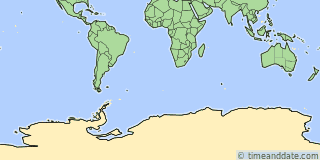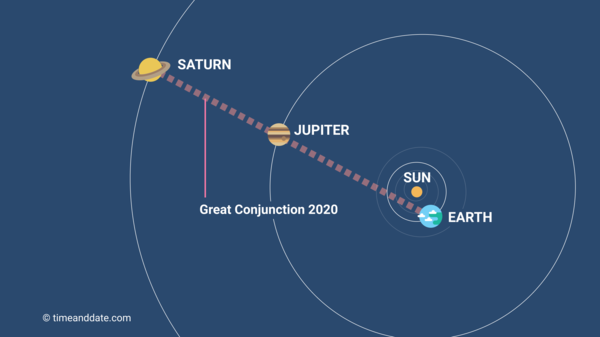The Crescent Moon Meets the Pleiades
At the moment, the Moon passes close to the Pleiades in the sky every month. For some parts of Europe on April 1, the Moon will occult the star cluster.
Our Interactive Night Sky Map simulates the sky above Rothera Research Station. The Moon and planets have been enlarged slightly for clarity. On mobile devices, tap to steer the map by pointing your device at the sky. Need some help?
Tonight's Sky in Rothera Research Station, Mar 31 – Apr 1, 2025
Mercury rise and set in Rothera Research Station
Very close to Sun, hard or impossible to see.
Mercury is just 12 degrees from the Sun in the sky, so it is difficult or impossible to see it.
Tue, Apr 1 ↑6:45 am
Time:
Altitude: °
Direction: °
Venus rise and set in Rothera Research Station
Try before sunrise.
Venus rises shortly before sunrise, so it is very close to the horizon. This makes it very difficult to observe. Venus is visible by day, but may be hard to find.
Tue, Apr 1 ↑7:18 am
Time:
Altitude: °
Direction: °
Jupiter rise and set in Rothera Research Station
Try at night.
Can only be seen shortly, if at all, it is very close to the horizon.
Time:
Altitude: °
Direction: °
Saturn rise and set in Rothera Research Station
Fairly close to the Sun. Visible only before sunrise and/or after sunset.
Saturn is just 17 degrees from the Sun in the sky, so it is difficult to see.
Mon, Mar 31 ↓7:21 pm
Tue, Apr 1 ↑5:51 am
Time:
Altitude: °
Direction: °
Neptune rise and set in Rothera Research Station
Very close to Sun, hard or impossible to see.
Neptune is just 11 degrees from the Sun in the sky, so it is difficult or impossible to see it.
Mon, Mar 31 ↓7:13 pm
Tue, Apr 1 ↑6:37 am
Time:
Altitude: °
Direction: °
Planets Visible in Rothera Research Station
| Planetrise/Planetset, Tue, Apr 1, 2025 | ||||
|---|---|---|---|---|
| Planet | Rise | Set | Meridian | Comment |
| Mercury | Tue 6:45 am | Tue 6:42 pm | Tue 12:43 pm | Extremely difficult to see |
| Venus | Tue 7:18 am | Tue 5:44 pm | Tue 12:30 pm | Slightly difficult to see |
| Mars | Down all day | Mon 8:37 pm | Down all night, not visible | |
| Jupiter | Tue 4:54 pm | Tue 6:45 pm | Tue 5:50 pm | Slightly difficult to see |
| Saturn | Mon 5:54 am | Mon 7:21 pm | Mon 12:38 pm | Difficult to see |
| Uranus | Tue 1:51 pm | Tue 6:49 pm | Tue 4:20 pm | Not visible |
| Neptune | Mon 6:41 am | Mon 7:13 pm | Mon 12:57 pm | Extremely difficult to see |











